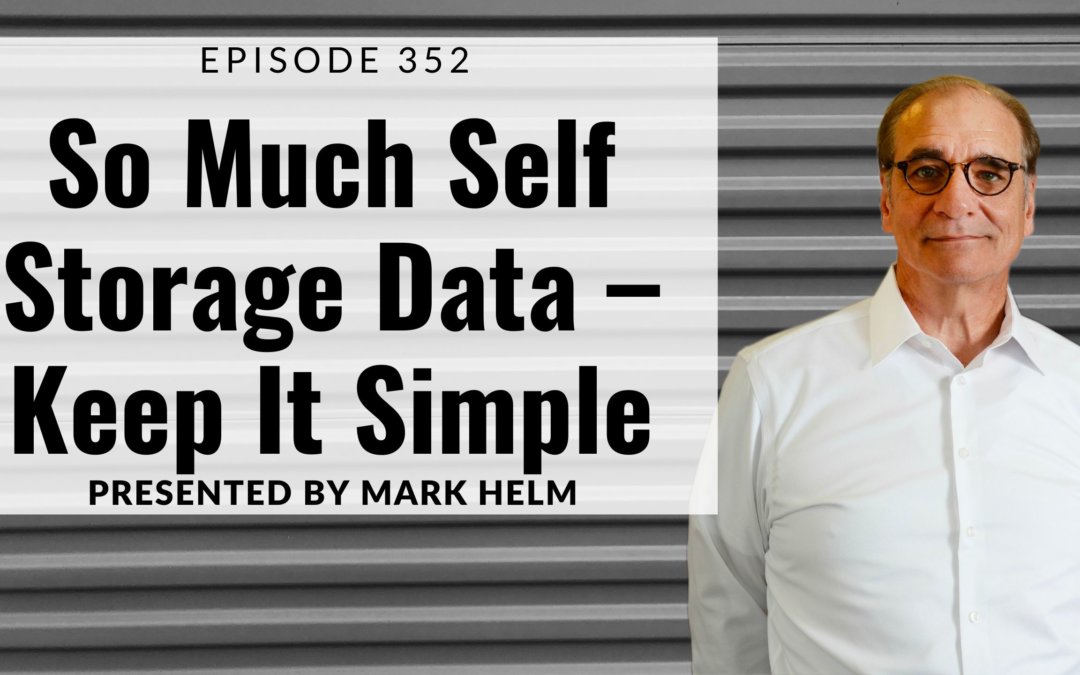Yes, self storage has performed well during past recessionary times.
But past performance is not indicative of future performance.
At least, that is what my LLC documents say.
How many of you were in the self storage business during the ’08 recession?
I was.
According to Union Realtime, a good source of self storage data, during the time period 2008 through 2010, occupancy levels in self storage dropped as low as 82.8%.
I saw this. In the facility I closed on in February of 2008 (good timing, right), we went from 89% to approximately 83.5% in the first year.
Fast forward to the 2020 COVID era.
Occupancy rates dropped from the low 90’s to only around 89.9% average occupancy in the second and third quarters of 2020.
Then they bounced back quickly.
Yes, it does appear that self storage as an industry does well during challenging economic times.
Now, what makes the COVID era resilience more fascinating for me is that supply levels were also very strong.
The self storage industry’s annual revenue in 2019 was $39.5 billion, according to IBISWorld. With a 3.6% 1-year increase and a nearly 50% increase since 2010, industry revenue continues to be one of the fastest growing sectors in the US economy.
It appears that expansions in the economy generate demand for self storage, and contractions in the economy also create demand.
Do Not Use This Data to Decide on a Self Storage Project
Now all this data is interesting but primarily irrelevant when deciding on a self storage project.
Why?
Well, the self storage industry also has another interesting fact.
It is perhaps the most localized type of product there is.
What does that mean?
Well, the vast majority of your customers live right around your facility. In our portfolio, which I think is close to average (nothing special about me, as my wife keeps on saying), 86% of our customers lived within 3.2 miles of our facility.
I don’t have statistics for other industries, but I am guessing only barber shops come close to that.
What is going on nationally, regionally, and even in the same city has some upward or downward pressure on a trade area like 3.2 miles. But the supply-demand for that trade area is everything.
Now not all trade areas are 3.2 miles. In fact, for our portfolio, it is only an average. Each project has its own “trade area” or “submarket.” We get independent feasibility reports to tell us or validate what we think is the trade area.
But as a small investor in this now big world of self storage, focus on the basics in deciding.
Create a list of what is important to you regarding what you are looking for in a trade area and storage opportunity.
Here is a non-compressive list of items we look for in a trade area. I suggest re-organizing them based on your priorities based on your business strategy:
- Traffic count.
- Population growth.
- Condition of the existing facility.
- Square feet of supply per capita.
- Apartment rent growth.
- Average price of a 10 x 10 in trade area.
- Job growth.
- Does this project hit our benchmark returns using a middle-of-the-road Proforma with average assumptions.
- Percent of renters in trade area.
- Housing starts in the trade area.
- Median income in trade area.
- Average household income in trade area.
- Storage in the pipeline for the trade area.
There could be more like education levels, etc.
Create your list, and prioritize the items that make up a good trade area for you or your company.
Now, here is the thing. You will never find a site or project with high marks for every item on your list.
At least, I have never seen one.
You will have to rank the items and have just a couple that are no-go items if not checked.
There are no perfect projects. There are good ones, great ones, and bad ones.
Your job is to avoid the bad and close on the good and great ones.
Hint: In most cases, I cannot tell the good ones from the great ones until we are well into the deals.
No matter how much data we have about the industry and how complicated the metric-oriented decision process can get, I suggest keeping the go/no-go decision-making process one based on the fundamental basics.
That is the beauty of this business. It is still a simple business for complicated people.



